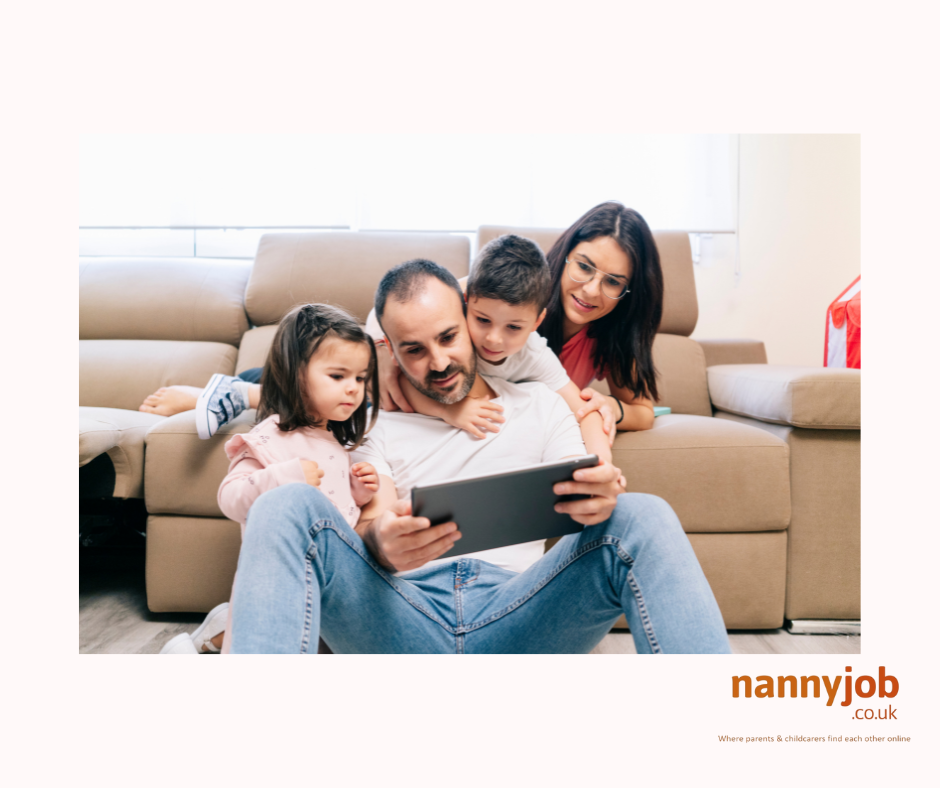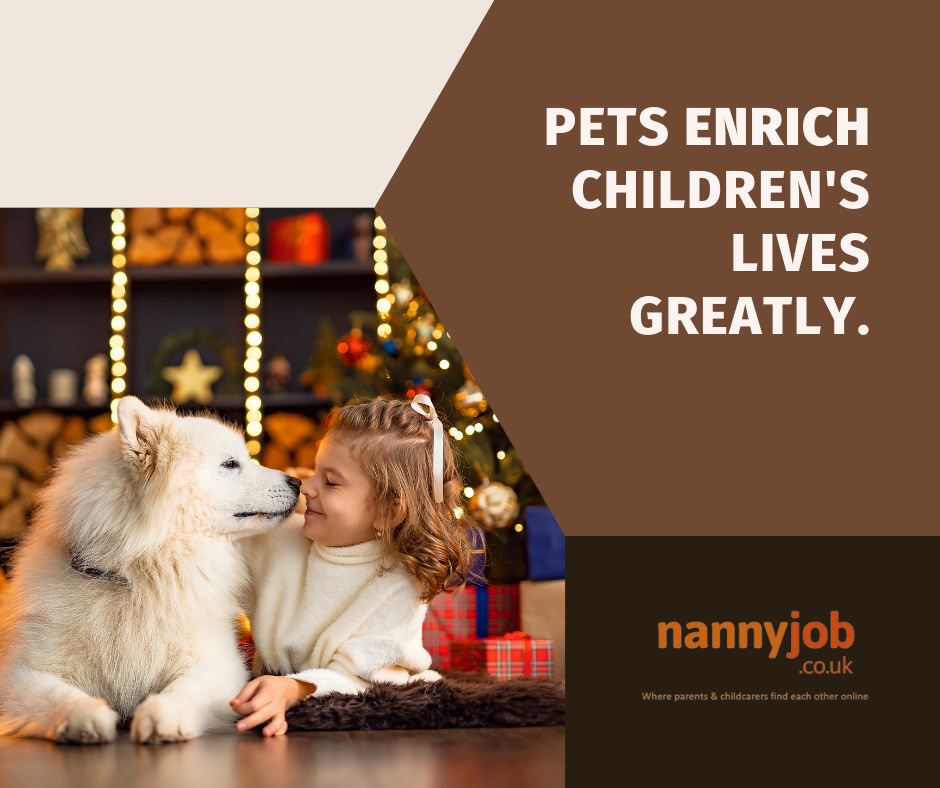Introduction
Community Garden Week is a celebration of shared green spaces and the people who nurture them. It’s also a fantastic opportunity to introduce children to gardening, sustainability, and the magic of growing things from the ground up.
Whether you have access to a community garden, a backyard, or even just a few pots on a balcony, gardening offers hands-on learning, emotional benefits, and a wonderful way to spend time together outdoors.
Let’s dig into the benefits of gardening for children, and how parents, nannies, and caregivers can encourage kids to get their hands dirty—in the best way!
 Why Gardening is Great for Children
Why Gardening is Great for Children

Watching a seed grow into a flower or vegetable takes time. Children learn to nurture, water, and wait, developing a sense of responsibility and care.

Being outside and connecting with nature can reduce anxiety, improve mood, and help children feel calmer and more grounded.

Kids are far more likely to try fruits and veggies they’ve helped grow themselves—goodbye picky eating, hello homegrown tomatoes!

Gardening naturally introduces concepts in science, maths, and nature, like life cycles, measurements, and weather.

Seeing something they planted bloom gives children a real sense of achievement and confidence in their abilities.
 Ways to Get Children Involved in Gardening
Ways to Get Children Involved in Gardening


You don’t need a big plot of land—herbs on the windowsill, a sunflower in a pot, or strawberries in a hanging basket are perfect beginner projects.

Child-sized gloves and tools make gardening more accessible and fun. Let them dig, plant, and water alongside you.

Choose fast-growing, colourful, or edible plants like:
- Sunflowers
- Strawberries
- Carrots
- Peas
- Marigolds

Paint plant pots, make garden markers, or create a bug hotel with twigs and leaves. Gardening becomes a full sensory, artistic experience!

Books like The Tiny Seed by Eric Carle or Oliver’s Vegetables by Vivian French help explain the garden world in fun, imaginative ways.
 Make It a Community Effort
Make It a Community Effort
Community gardens are great for:
- Social interaction and teamwork
- Learning from others who have gardening experience
- Sharing the harvest and helping children understand where food comes from
Get involved in your local garden, or if one doesn’t exist, start a mini project in your neighbourhood or school!
 Final Thoughts
Final Thoughts
Gardening with children isn’t just about growing plants—it’s about growing confidence, curiosity, and connection.
So, this Community Garden Week, grab your spade, get outside, and start planting seeds—not just in the soil, but in the hearts of future generations who will learn to care for the world around them.





 Develop an appreciation for history and culture
Develop an appreciation for history and culture Fun Family-Friendly Ideas for English Tourism Week
Fun Family-Friendly Ideas for English Tourism Week 1. Explore a National Park or Nature Trail
1. Explore a National Park or Nature Trail Tip: Encourage children to collect leaves, stones, or flowers along the way and create a nature collage at home!
Tip: Encourage children to collect leaves, stones, or flowers along the way and create a nature collage at home! 3. Take a Day Trip to a Seaside Town
3. Take a Day Trip to a Seaside Town 4. Visit a Zoo or Wildlife Park
4. Visit a Zoo or Wildlife Park Plan Ahead – Research local attractions and make a list of places you’d like to visit with the children.
Plan Ahead – Research local attractions and make a list of places you’d like to visit with the children. Pack Smart – Bring snacks, water, and weather-appropriate clothing to ensure a comfortable trip.
Pack Smart – Bring snacks, water, and weather-appropriate clothing to ensure a comfortable trip. Capture the Memories – Take photos and create a scrapbook of your adventures.
Capture the Memories – Take photos and create a scrapbook of your adventures. Educational Opportunities – Use each visit as a chance to teach children about history, nature, and culture in a fun and engaging way.
Educational Opportunities – Use each visit as a chance to teach children about history, nature, and culture in a fun and engaging way. Final Thoughts
Final Thoughts Let’s make English Tourism Week 2025 a week of exploration, learning, and fun!
Let’s make English Tourism Week 2025 a week of exploration, learning, and fun! British Science Week 2025: Inspiring the Next Generation of Innovators
British Science Week 2025: Inspiring the Next Generation of Innovators 
 Hands-on experiments
Hands-on experiments STEM workshops
STEM workshops Online discussions and challenges
Online discussions and challenges 2. Visit a Science Museum or Exhibition
2. Visit a Science Museum or Exhibition Encourage questions and curiosity – Don’t worry if you don’t know the answers! Exploring together is part of the fun.
Encourage questions and curiosity – Don’t worry if you don’t know the answers! Exploring together is part of the fun. Create a safe environment for failure – Science is all about trial and error. Let children know that mistakes are part of the learning process.
Create a safe environment for failure – Science is all about trial and error. Let children know that mistakes are part of the learning process.


 Kensington Gardens, London
Kensington Gardens, London Manchester – Heaton Park Adventure Playground
Manchester – Heaton Park Adventure Playground Bristol – Blaise Castle Estate Playground
Bristol – Blaise Castle Estate Playground Cardiff – Roath Park Playground & Lake
Cardiff – Roath Park Playground & Lake Encourages Physical Activity
Encourages Physical Activity Supports Mental Well-being
Supports Mental Well-being Dress for the Weather: UK weather can be unpredictable—bring waterproofs, extra layers, and comfy shoes!
Dress for the Weather: UK weather can be unpredictable—bring waterproofs, extra layers, and comfy shoes!

 3. Physical Development – Movement and Coordination
3. Physical Development – Movement and Coordination Sensory Play
Sensory Play Role Play & Imaginative Play
Role Play & Imaginative Play Building & Problem-Solving Games
Building & Problem-Solving Games Follow the Child’s Lead: Allow kids to take the lead in playtime, following their interests and curiosity.
Follow the Child’s Lead: Allow kids to take the lead in playtime, following their interests and curiosity. Limit Screen Time: Encourage hands-on, active play rather than passive entertainment.
Limit Screen Time: Encourage hands-on, active play rather than passive entertainment. Join In! Engaging in play with children strengthens relationships and provides valuable learning experiences.
Join In! Engaging in play with children strengthens relationships and provides valuable learning experiences.



 If you’re looking for ways to make the final days magical, try these simple and fun activities:
If you’re looking for ways to make the final days magical, try these simple and fun activities:
